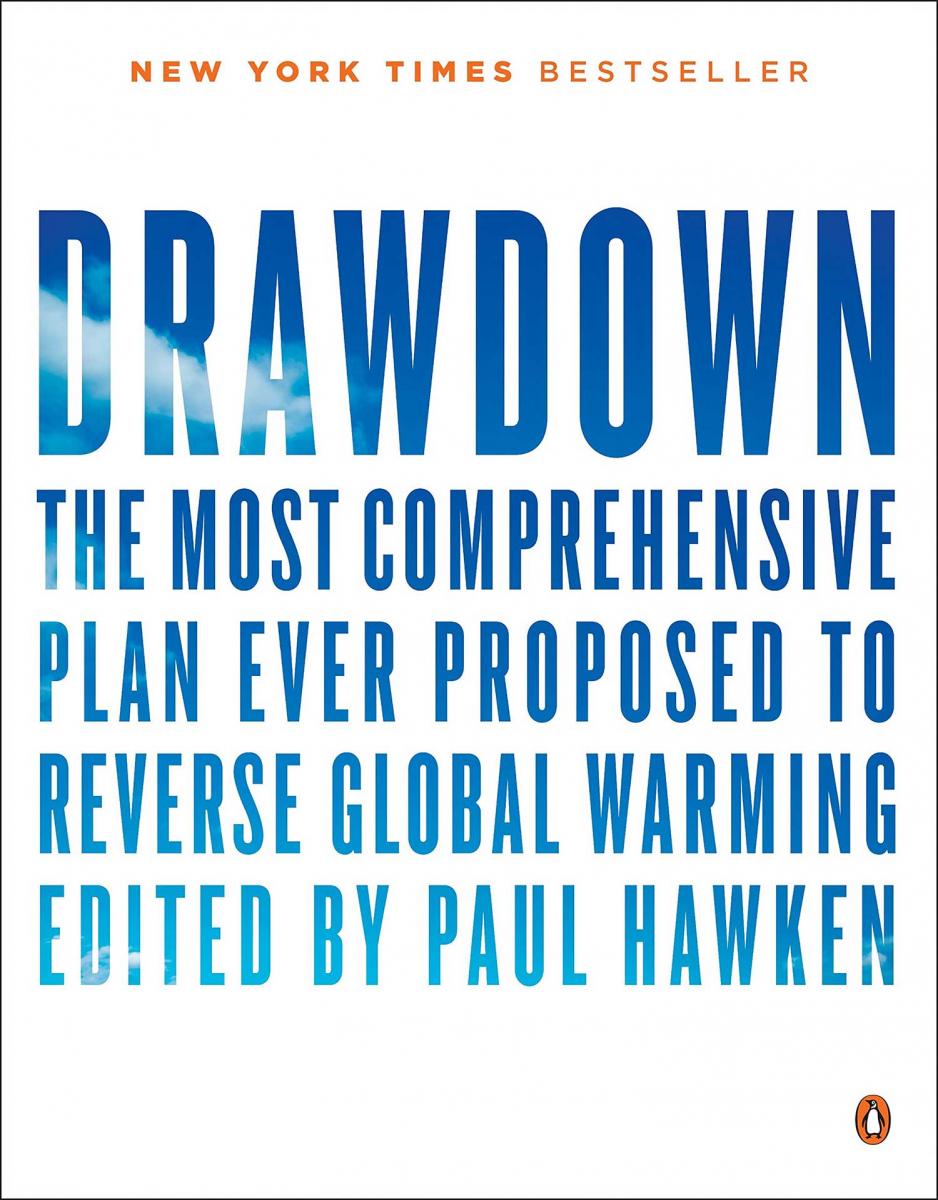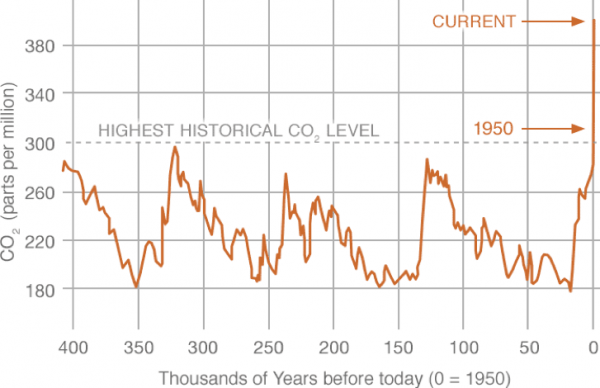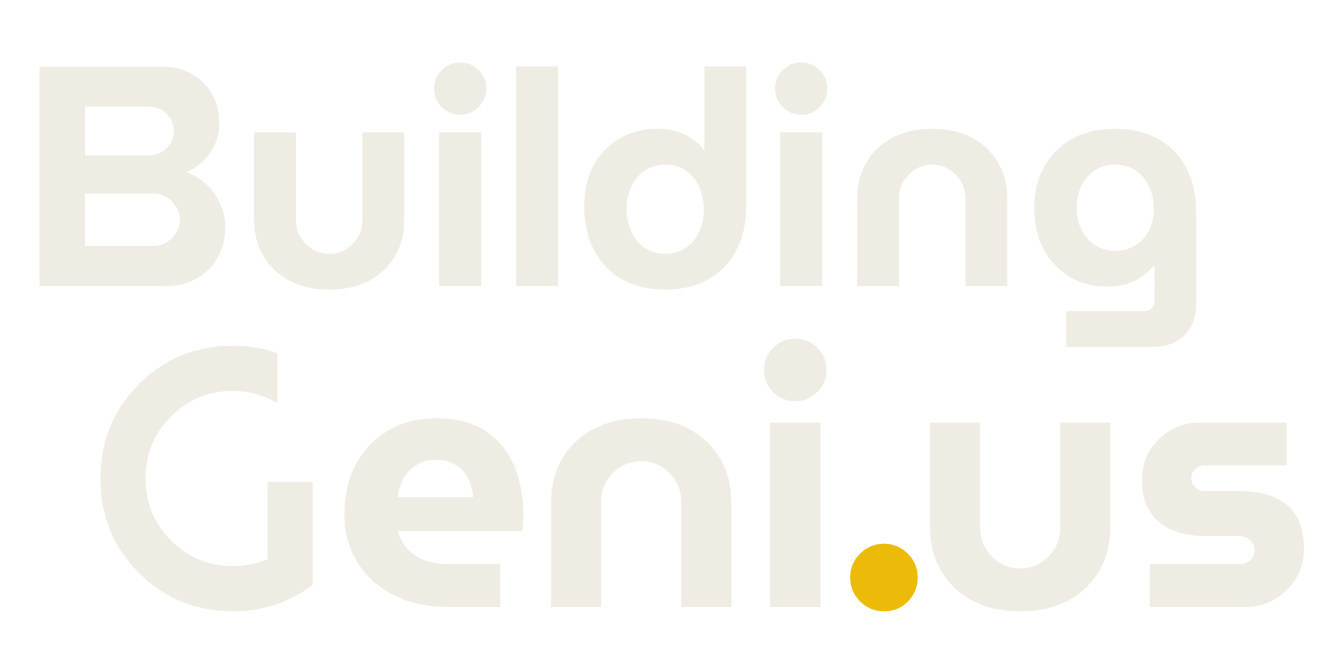I’m late to the party. Prior to working at Beyond Efficiency, I couldn’t have told you what a heat pump was, nor what Passive House meant. I only had a vague understanding of what a net zero building was, and how important windows, R-values and insulation were. I understood the academic meaning of “retrofitting,” but had no idea how it could factor into reducing or avoiding carbon emissions. All I knew was that I wanted to do my part to combat climate change.
I don't have a technical role at Beyond Efficiency, and I don't have an engineering background. But, over my last four months here, I have started to absorb the impact the built environment can have on emissions, for better or worse, and how much emissions matter. For me, attending Mountain Towns 2030, a net zero summit held in Park City earlier this month, really drove home the urgency surrounding that need for change.
Over the course of the conference, three other Beyond Efficiency teammates and I were treated to a speech by Dr. Jane Goodall and not one, but two, masterclasses from Paul Hawken on the one hundred “most substantive ways we can reverse global warming,” (ix) as outlined in Drawdown: The Most Comprehensive Plan Ever Proposed to Reverse Global Warming. My biggest takeaway from the event was to read up on drawdown, the point in time when the concentration of greenhouse gases in the Earth’s atmosphere begins to decline on a year-to-year basis, and implement some strategies in my life.
I was interested in what Beyond Efficiency and I could do to help the planet get to the point where we start to see the line in the chart above trend down.
I’m guessing like many of you, I am aware of the reality of climate change, but sometimes feel overwhelmed by the 'doom and gloom' narrative so often surrounding the subject. We say 'if it’s really that bad, is it even worth changing?' and 'looking at the numbers, can I really do anything?' I’ve heard this called 'paralysis by analysis.' The stats pile up and we feel defeated. According to Drawdown, “placing too high an emphasis on the individual can lead to people feeling so personally responsible that they can become overwhelmed by the enormity of the task at hand.” (216) In addition, “fear arises and becomes intertwined with guilt, resulting in passivity, apathy, and denial.” (216) I’ve been there. Have you?
But here’s the good news:
To be effective, we require and deserve a conversation that includes possibility and opportunity, not repetitive emphasis on our undoing. (217)
That’s what I find most compelling about Drawdown. Yes, it addresses the need for action now. It addresses the urgency. But it also addresses how “we can overcome the fear, confusion, and apathy surrounding climate change, and take action as individuals, neighborhoods, towns and cities, states, provinces, businesses, investment firms, and non-profits.” (ix)
Hawken’s advice is to look at the list of solutions proposed in Drawdown and find something on there that gets you excited. Start there, because “how each person thinks and perceives his or her role and responsibility in the world is the first step in any transformation – the base upon which all change depends.” (216)
Here’s the other good news, from a Beyond Efficiency/built environment perspective, there is a lot we can do. Of the seven main categories within Drawdown, two of them are “Energy” and “Buildings and Cities.” Specific solutions include:
- #10 Rooftop Solar
- #31 Insulation
- #33 LED Lighting (Household)
- #42 Heat Pumps
- #44 LED Lighting (Commercial)
- #57 Smart Thermostats
- #61 Smart Glass
- #79 Net Zero Buildings
- #81 Retrofitting
Imagine my excitment - this is what Beyond Efficiency does! We recommend these technologies and solutions! Heat pumps alone “could address the world’s heating and cooling needs and eliminate almost all emissions if powered by renewable energy” and a “30 percent penetration of the building sector by appropriate heat pumps could reduce world-wide carbon dioxide emissions by 6 percent.” (95). Something as simple as insulation is “one of the most practical and cost-effective ways to make buildings more energy efficient – both in new construction and through retrofitting older buildings that often are not well encased.” (101)

Image credit: Drawdown
Drawdown highlights how thoughtful design, like those seen in net zero buildings, the Living Building Challenge and Passive House can hugely impact our energy use and waste. But, it also recognizes that “while it is important to look forward and shape the structures to come, it is equally critical to modify existing buildings” because “global warming will not be addressed without attending to the buildings that house human-kind day and night.” (102-103) That’s why our mission at Beyond Efficiency, to empower people to create enduring human-centered buildings and communities, is so important. Whether we are retrofitting or consulting on a new build, recommending heat pumps or packing in the insulation, “if we are to remain here, we must together take great care. To do that means we must become a “we,” a movement that is unstoppable and fearless.” (216) Join our movement!
I’ll close with a remark that has stuck with me in the weeks since the conference. During one of his talks, Paul Hawken said, “it’s not about what you look at. It’s about what you see.” So, take a look at the CO2 graph again. You’re looking at some pretty dismal numbers. But what do you see? I see a wake up call. I see an opportunity to get excited and make some change at an individual and higher level. I’m not overwhelmed – I’m energized!
First image credit: https://climate.nasa.gov/embed/135/






























